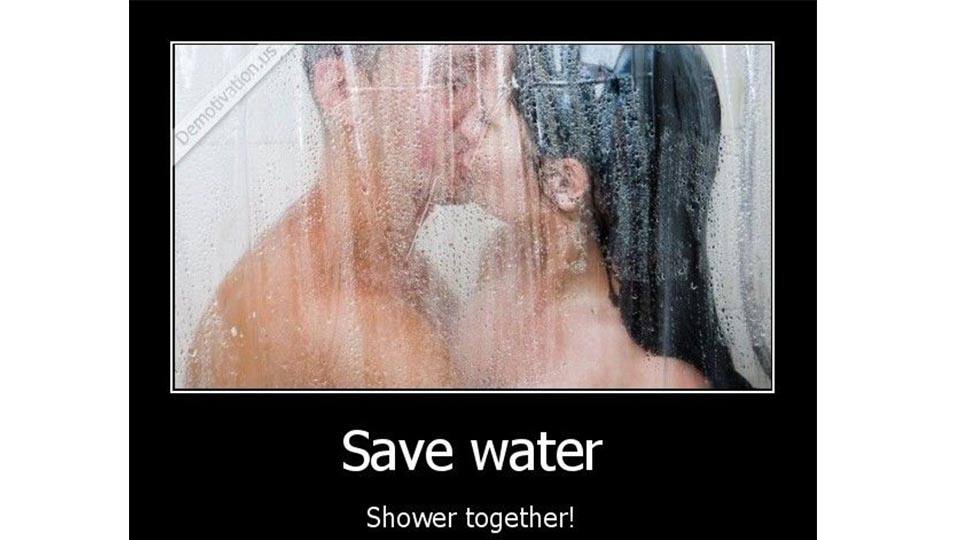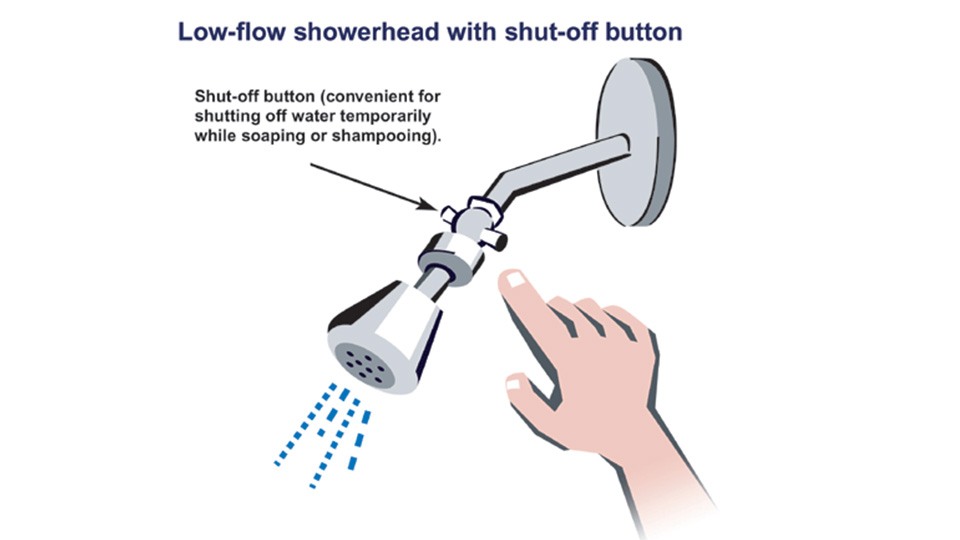1. Turn off your water when brushing your teeth
People don’t often associate wasting water with brushing your teeth but truthfully you can waste quite a bit of water this way. If you want to know how much, simply put a pot in the sink while you brush your teeth and see how much gets filled. Then multiply that by however many times a day you brush your teeth (usually two to three times). Then add in everyone else in your household. When it’s all added up you realize that you’re wasting a lot of water and that water costs you money. By turning off the faucet when you brush, you can save quite a bit.
2. Take a shower instead of a bath if you’re keeping it short
Part two of this is something you don’t hear very often. If you actually plan on washing yourself for an hour, take a bath. There comes a point where you shower for so long that you go from saving water to wasting water. How long that is depends on how large your tub is, how much water you use in baths, and how much water comes out of your shower head. However, after about 30-45 minutes, there’s really no set up out there where taking a shower is still more efficient. If you’re going to be in there for an hour, take a bath. You’ll actually save water that way.
3. Fix any and all water leaks in your home
A leaky faucet or pipe is literally dripping money all over the place. You can usually see a faucet leaking because it’s right there above the sink or tub. A leaky pipe may be a bit harder to spot and you may have to go rooting around underneath your toilet, bathroom sink, kitchen, sink, etc to make sure they’re not leaking water. A little drip doesn’t seem so bad but when it drips three times a minute, that’s 20 times an hour or 480 times a day. That’s 175,200 drips per year. It adds up quickly doesn’t it?
4. Shower with your partner
5. Turn your toilet into a low flow toilet
A fun DIY hack for this is to fill up a decent sized water bottle with water and rocks and then drop it into the back of your toilet. It will displace water meaning your toilet requires less water to fill. It’s a cheap thing to do, it doesn’t affect the usefulness of your toilet, and you can get a drastic amount of water savings that way.
6. Don’t flush anything down the toilet that didn’t come from a human body
7. Figure out a new use for that leftover pasta water
Whenever you have to boil something (eggs, pasta, etc) keep a large container around. When you drain the pasta into the colander (strainer) put the container underneath to catch the water. Use that to water your plants or your yard. This not only gives you a use for the excess water you’d otherwise waste, but also saves you water from your backyard garden hose. That’s a win-win.
8. Wash only full loads of things
9. Put water in the fridge
This actually serves two purposes. The first being that you always have cold water to drink whenever you need it. The second is that you don’t have to turn on the sink faucet and wait for the water to get cold to fill up your glass. A lot of people use gallon jugs leftover from milk or juice (cleaned out of course). You can go all out and get one of those water filter containers like Brita and filter the water as well as store it. It doesn’t have as much water savings as these other things but every little bit helps!
10. Invest in low flow and water efficient alternatives
At the end of the day, saving water is all about paying attention. Don’t leave water on when it doesn’t need to be on. Don’t flush things that don’t need flushing. By saving water, you’re lowering your impact on the local water table and you’re saving yourself money on your water bill every month! Featured photo credit: Philly.com via philly.com

